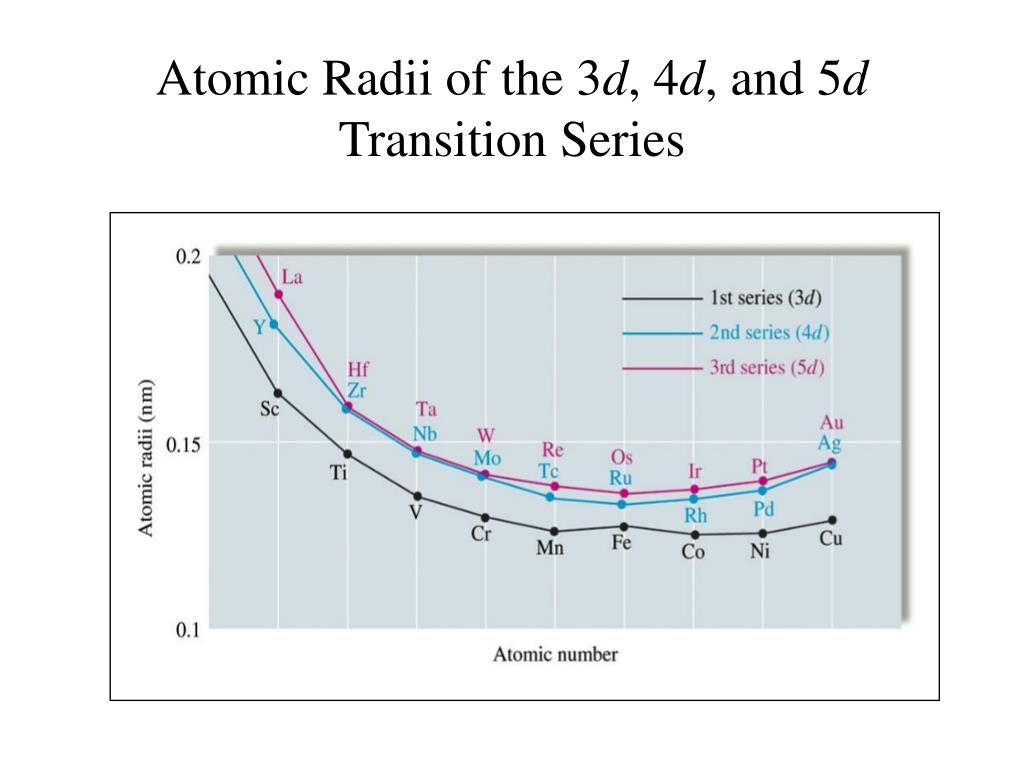

Naturally occurring zinc is a mixture of five isotopes and they are found in the percentages shown: 64Zn (48.6%), 66Zn (27.9%), 67Zn (4.1%), 68Zn (18.8%) and 70Zn (0.6%).

Isotopes: Zinc has 25 isotopes whose half-lives are known, with mass numbers 57 to 83. Zinc is then extracted by either large-scale electroplating (electrowinning) or by pyrometallurgy, where processing reduces zinc oxide with carbon or carbon monoxide at 950 oC into the metal. The minerals are concentrated and then usually roasted to oxidize the zinc sulfide to zinc oxide. The main ores of zinc are sphalerite (sulfide), smithsonite (carbonate), hemimorphite (silicate), and franklinite (zinc, manganese, iron oxide).Ĭommercially, zinc is obtained from zinc sulfide minerals. Source: Zinc is found in nature combined with other elements as ores.

It is also used in the rubber industry, concrete manufacturing and in paints.Ībundance earth’s crust: 70 parts per million by weight, 22 parts per million by molesĪbundance solar system: 2 part per million by weight, 30 parts per billion by moles Includes the atomic number, atomic weight, crystal structure, melting point, boiling point, atomic radius, covalent radius, and more. It is used in sun block, make-up and in ointments such as calamine lotion. Chemical properties of the element: Zn - Zinc. Zinc oxide, a white powder, is a versatile compound that has many uses. Zinc is an essential trace element for animals and plants. The drawback of this dual use is that the electrode is consumed when the battery is in use, getting thinner until eventually the battery starts leaking. The metal acts as both the container and as an electrode in zinc-carbon batteries. Zinc alloys are used in die-castings for the car industry. Zinc forms many alloys with other metals such as brass, German silver, nickel silver, typewriter metal and solders. Zinc is used to galvanize iron to inhibit corrosion. It is a fair conductor of electricity, and burns in air with a bright bluish-green flame producing white clouds of the oxide. It is somewhat brittle at room temperature but malleable above 100 oC. Zinc is a bluish-silver, lustrous metal that tarnishes in moist air, producing a layer of carbonate. Zinc is essential for good health, but excess zinc is toxic and can cause nausea. Zinc is not considered to be particularly toxic. He heated a mixture of calamine ore and carbon in a closed vessel without copper to produce the metal. The element name is reported to come from the old German word ‘zinke’ meaning pointed a reference to the sharp pointed crystals formed after smelting.Ĭredit for isolating the metal is usually given to Andreas Marggraf in 1746, in Berlin. Zinc smelting began in the 12th century in India by reducing calamine (zinc carbonate, ZnCO 3) with wool and other organic materials. Zinc ores have been used to make brass (a mixture of copper and zinc) and other alloys since ancient times.Ī zinc alloy comprising 87.5% zinc was discovered in an ancient site in Transylvania.


 0 kommentar(er)
0 kommentar(er)
